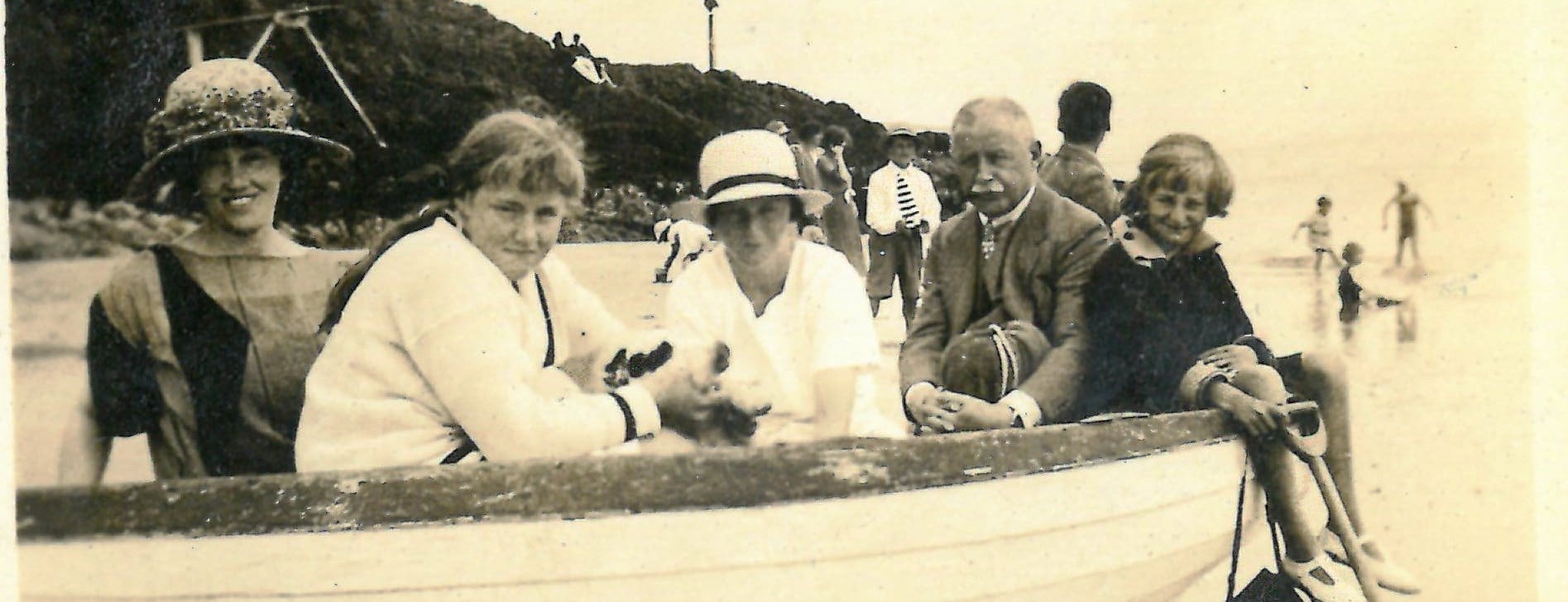
Todd Sisters
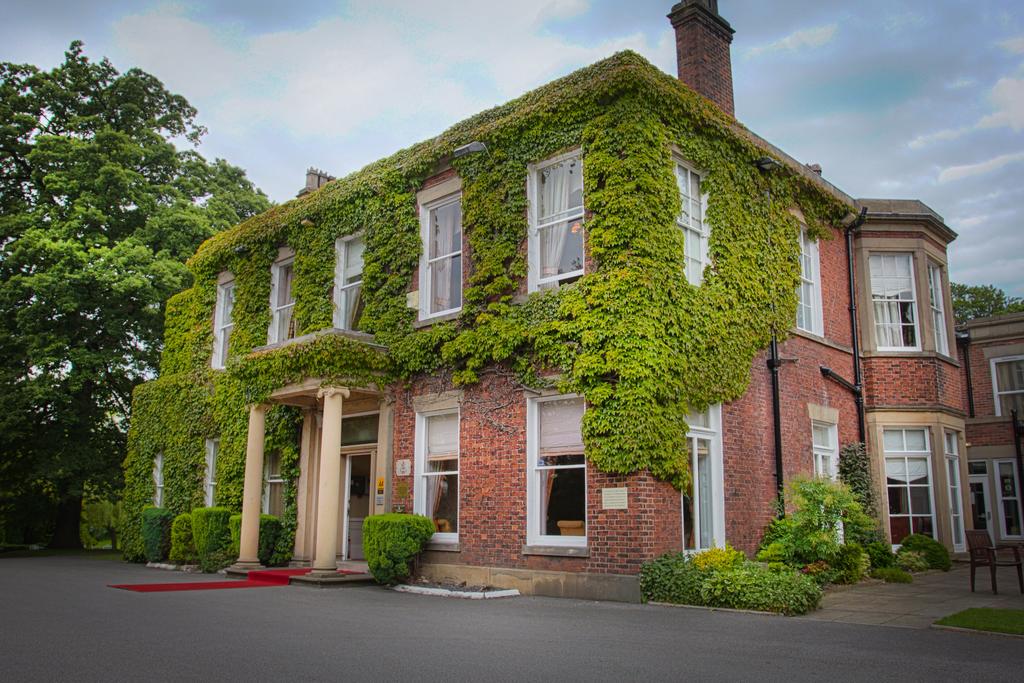
The three Todd girls, daughters of James Todd and Beatrice Todd, were immortalised in the painting that is displayed from time to time at the Harris. They lived apparently gilded home lives but this masked feelings of neglect during their childhood. Surrounded by staff including nannies and chauffeurs they carved out self-reliant existences. All three grew to be independent, confident, free spirited young women who went quite separate yet fascinating ways.
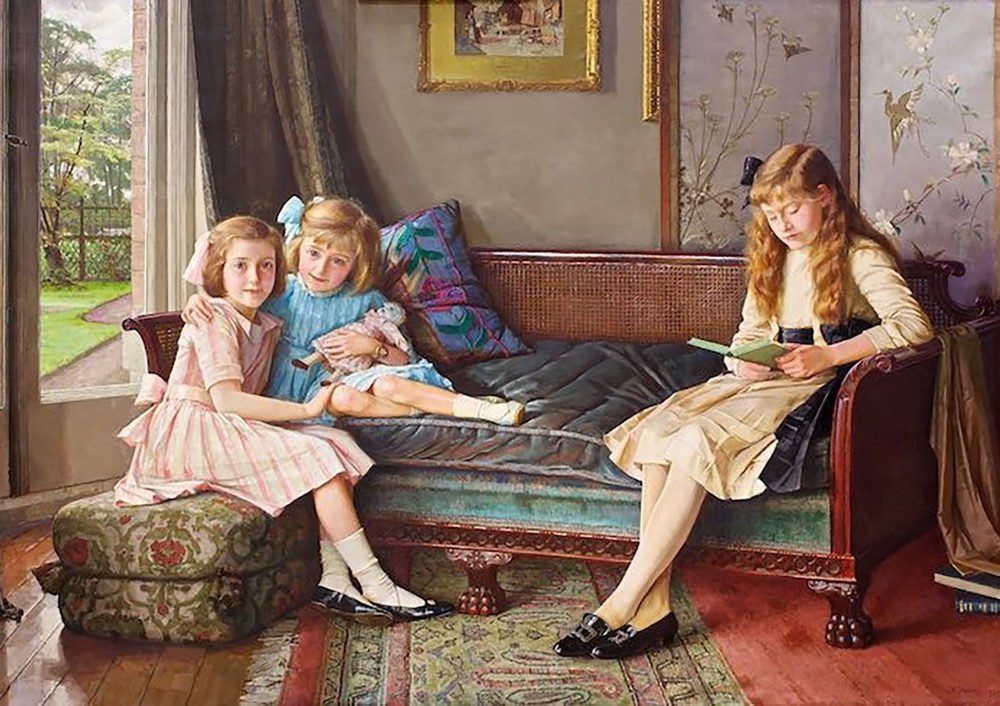
William Logsdail 1859 –1944 was commissioned to paint the sisters in the drawing room of their family home, Farington Lodge, in 1920. He was a prolific English landscape, portrait, and genre painter. He exhibited at the Royal Academy, the Royal Society of British Artists, the Grosvenor Gallery, the new gallery (London), and others. He was a very successful artist. A painting of his later sold for over £400,000. By the time he was doing this work he was past his prime. Nonetheless, he would have been expensive to commission.
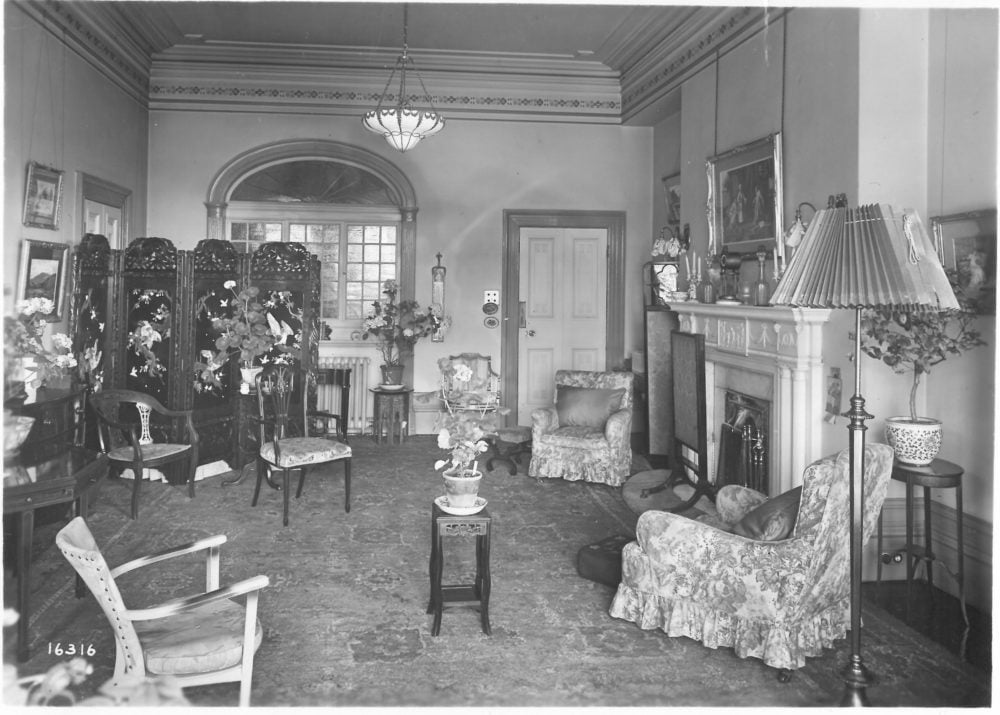
James and Beatrice Todd had three daughters. Judith (b1908), Ursula (b1911) and Damaris (b1914). The girls were all born while James’ head office was at 7, Winckley Square. Aunt Libby (Elizabeth) also lived there on the first floor. Judith would later work there after university when she qualified as an accountant. All three girls attended the Park School at 5, Winckley Square and Moor Park.
When William Logsdail was painting the girls’ portrait they caught measles, which lengthened his stay. At the age of 96 Damaris recalled how boring it was to have to sit for a portrait. She thought Judith was lucky to be painted reading a book, it was Oliver Twist. All she and Ursula could do was ‘look nice and smile’. Damaris proposed to Logsdail (then aged 61) during the sitting. ‘It was leap year you know’.
Neither parent appears to have spent much time with their daughters, who were often under the care of staff. The girls seem to have enjoyed the company of some staff in particular. James and Beatrice ate together without the girls, although as the three grew older they were able to join their parents for dessert on Sundays.
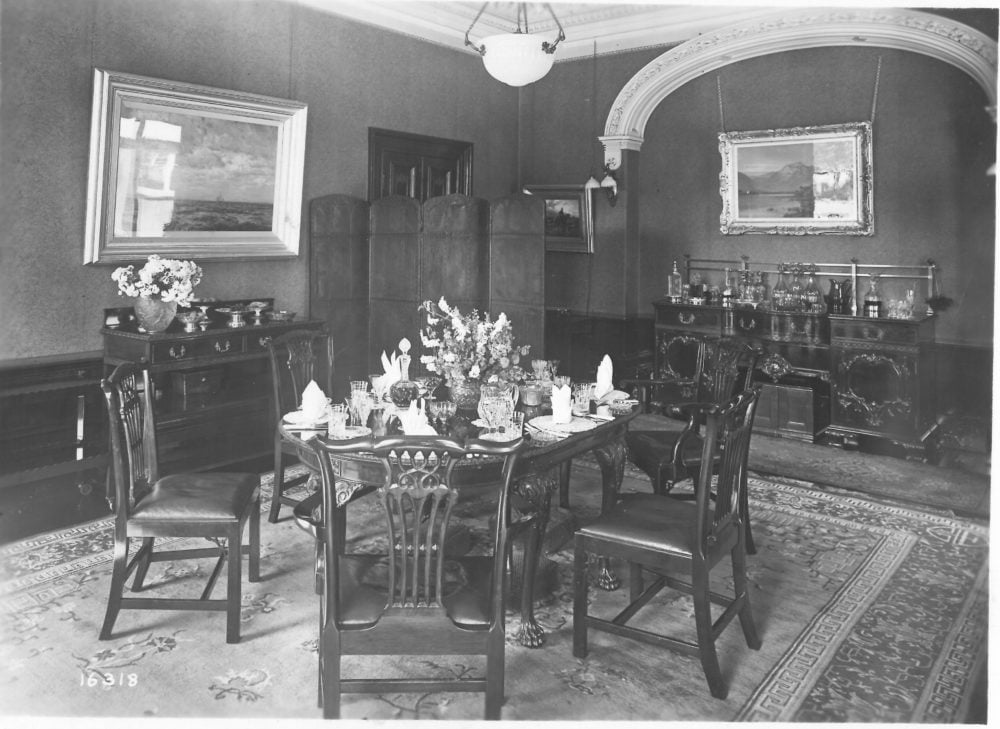
Childhood years
James and Beatrice honeymooned in Monte Carlo so each year they left the girls behind and went back with friends. They sent the girls flowers and postcards. The girls however, proved to be resilient. ‘Distant parents’ seem to have given them a real sense of independence and adventure.
In many ways their childhoods were lived in what might be viewed as a gilded existence. An enormous home with its extensive grounds, nannies and servants, long holidays at the seaside in summer, celebrity status at events by virtue of the family name. In practice their lives were more complex. The family history recalls sadly that Beatrice’s three children
‘….. did not like her very much, and tried to organise their lives as teenagers and young adults so she could interfere with them as little as possible.’
They recorded that their mother, Beatrice, was always in a state of terror on the nanny’s day off and she passed them over to the ‘rather severe housekeeper.’
Damaris thought her father spent all day sitting watching trains in the railway station. When she asked where Daddy was she was always told he was ‘Sitting on the Bench’. It had not been explained to her what a Justice of the Peace was and that this was a term for him being in court.
At the age of eight, Judith took the kick-off at a Dick, Kerr’s Ladies match. The match was played on Good Friday (March 29) 1918 at Deepdale against Bolton Ladies. It was in aid of the war effort.
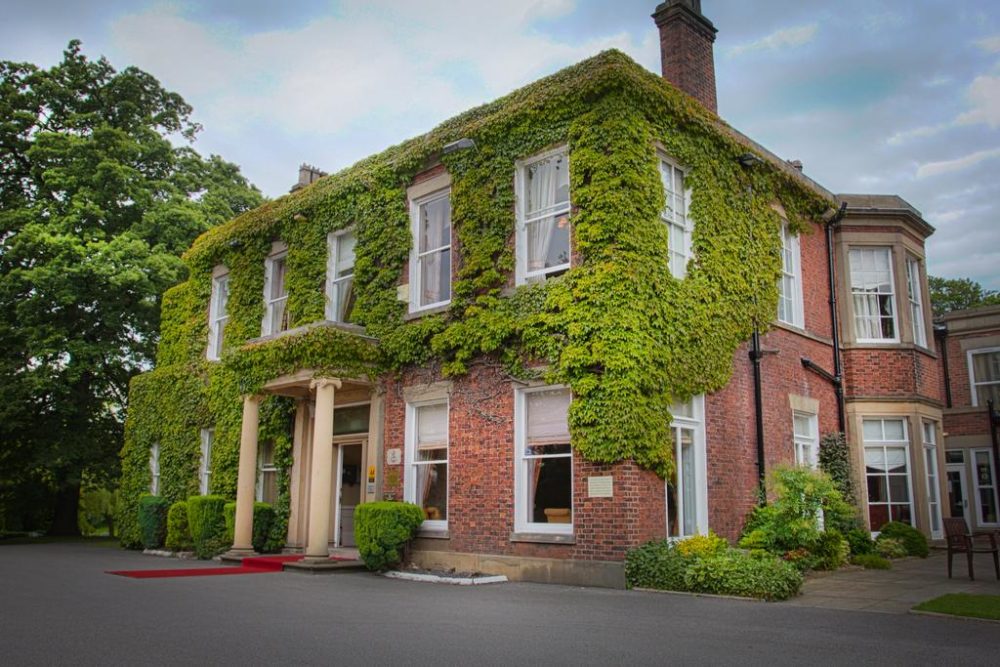
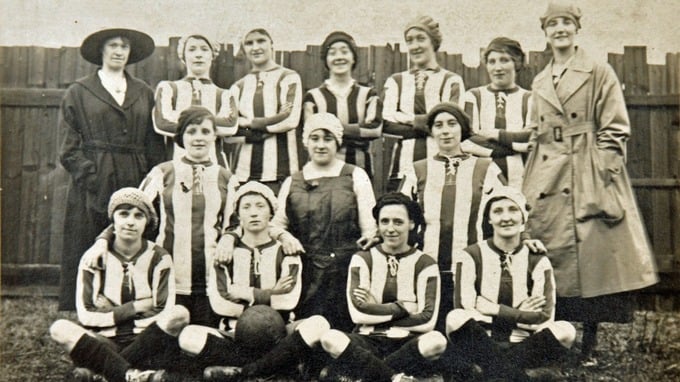
Judith subsequently received a letter of thanks from the Honorary Secretary of Dick, Kerr & Co. Ltd., Alfred Frankland, dated 3rd April 1918.
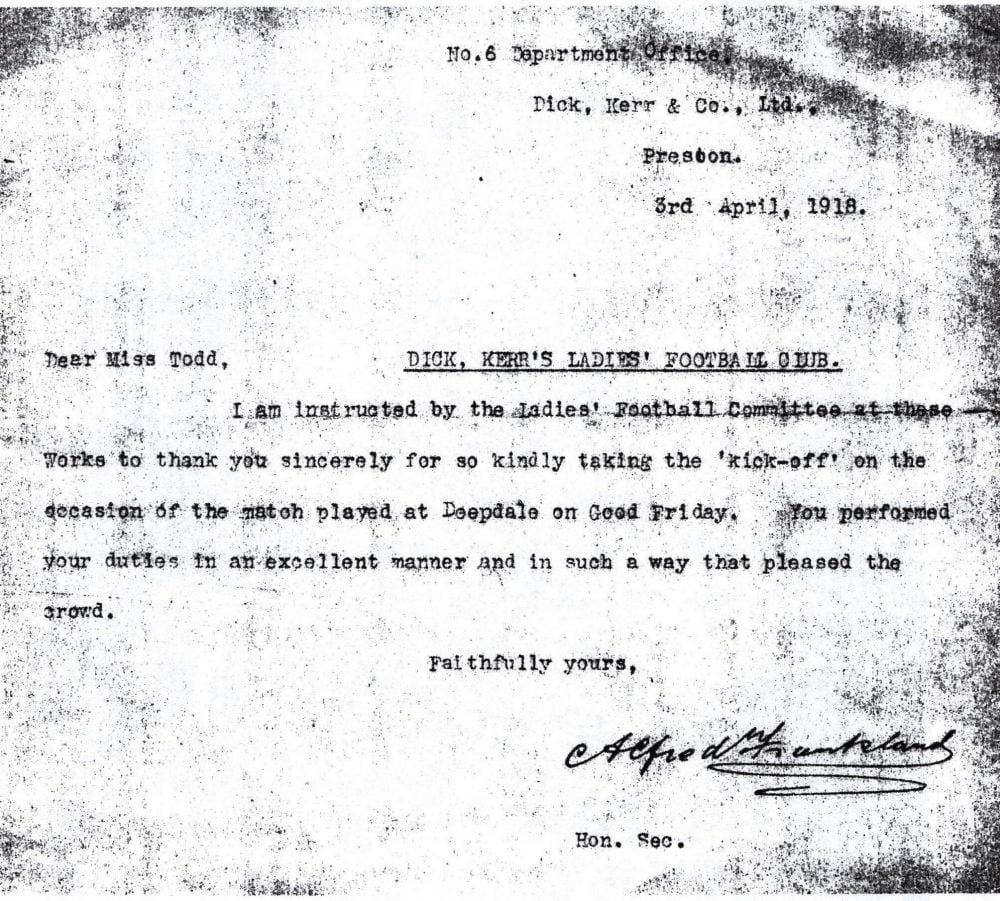
Dick, Kerr’s Ladies won the match 3-2 in front of a crowd of close to 6,000, according to the Lancashire Daily Post, but over 7,000 according to the Preston Herald! Among the good causes sharing in the takings that year was the Preston Station Buffet, which Beatrice Todd led.
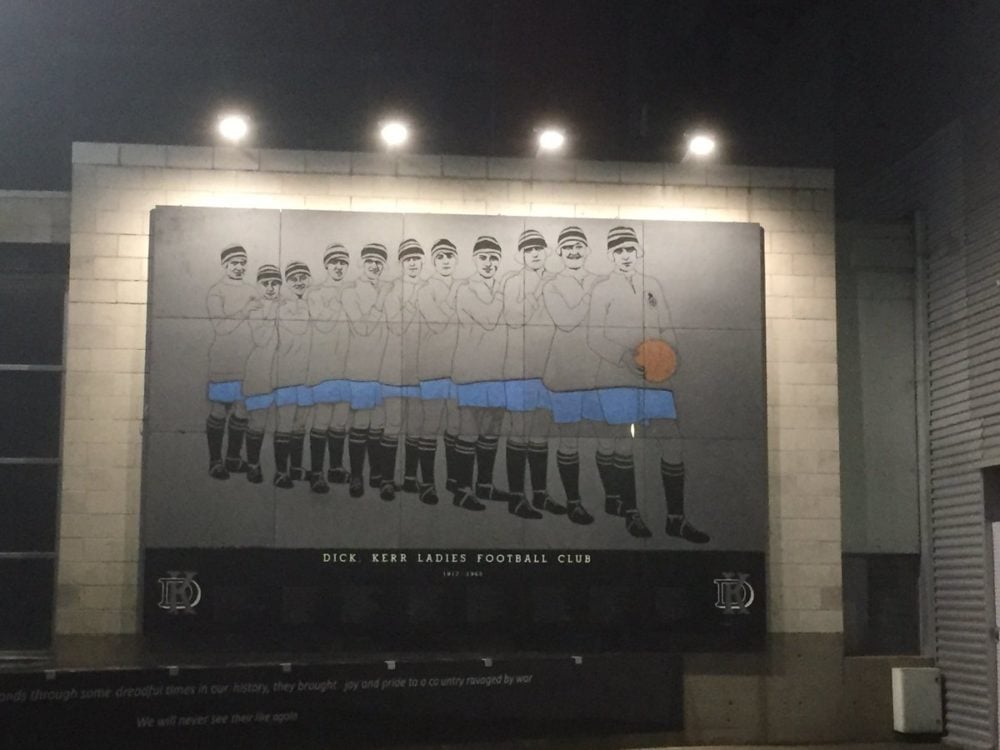
Alfred Frankland comes out well in Barbara Jacobs’ book on The Dick, Kerr’s Ladies. He is presented as entrepreneurial and an effective fund raiser.
Sickness strikes
All three girls moved to a rented house in North Wales when Beatrice contracted TB. They attended a variety of local schools. The nurse, chauffeur, servants and an Italian chef also went. The girls had to console the chef who wept at the cold and bleak conditions he experienced in North Wales.
Damaris, the youngest, suffered from Rickets as a child. Damaris said her mother ‘gave me the wrong formula milk’. She also said she ‘became her mother’s hobby’.
She wore ‘leg irons’ (leg braces) and slept outside, even in very cold weather, to toughen her up.
Rickets was a killer among the urban poor. It must have been deeply embarrassing for Beatrice Todd, given her role as Vice Chairman of Preston Council’s Maternity and Child Welfare committee. She was advocating for better provision for poor mothers and babies while her daughter had a condition associated with poverty and vitamin D deficiency.
Judith and Ursula were free to explore, cycle and race around the grounds of the Lodge. Damaris spent time in the Nursery.
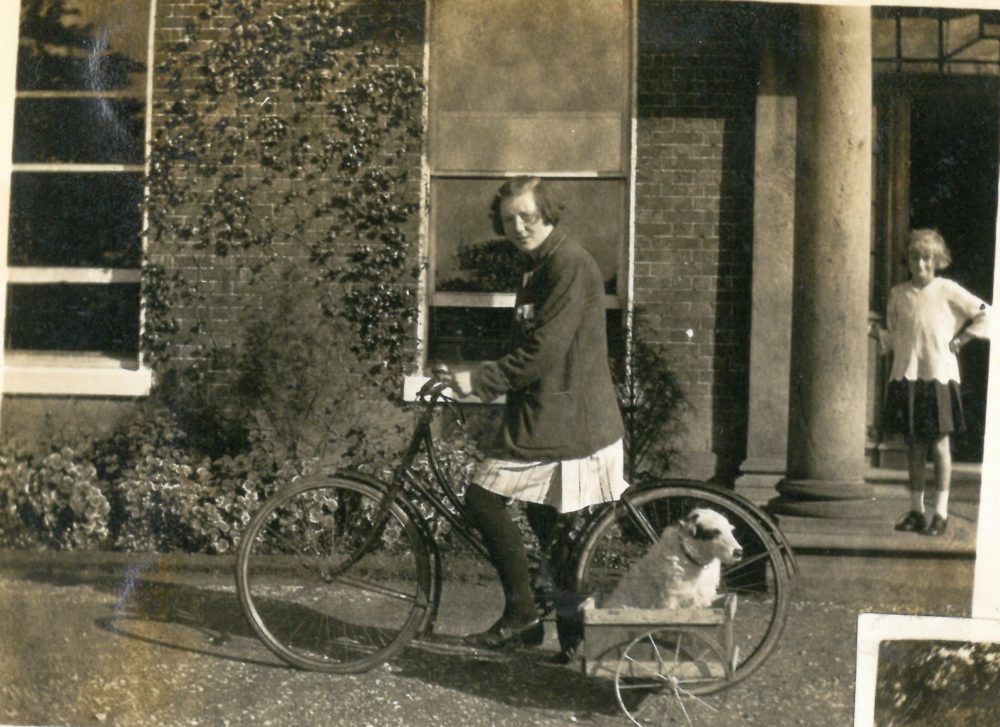
Education
Judith and Ursula went to the Park School in a chauffeur driven car. Then in turn to St Felix Boarding School on the Suffolk coast. Unlike her sisters, Damaris only started school at the age of 10 at the Park School at 5, Winckley Square and then in Moor Park Avenue (She too went to school in a chauffeur driven car; much to her embarrassment).
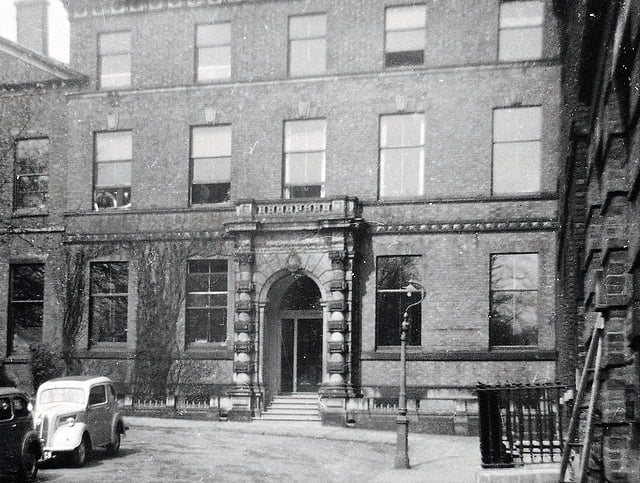
The girls took the view that, with the exception of their father, their mother, Beatrice, didn’t like men. The family is unsure why St Felix was chosen for Secondary schooling. It could be linked to the fact that the leading Suffragist, Millicent Fawcett, helped establish the school which later gained a reputation for academic success for girls. One of the Houses at St Felix is still called Fawcett. Beatrice was a leading suffragist in Preston. St Felix is now co-educational. What would Beatrice have made of that?
Ursula wrote about St Felix. She complained of the compulsory cold baths and eating mustard sandwiches as a way of staving off hunger but she loved it there. She said that when she went there ‘Life changed to normality’. A statement that speaks volumes about how life at Farington Lodge was viewed. Ursula and Judith were both very sporty having enjoyed extensive grounds and a tennis court at Farington Lodge. They both played cricket for St Felix.
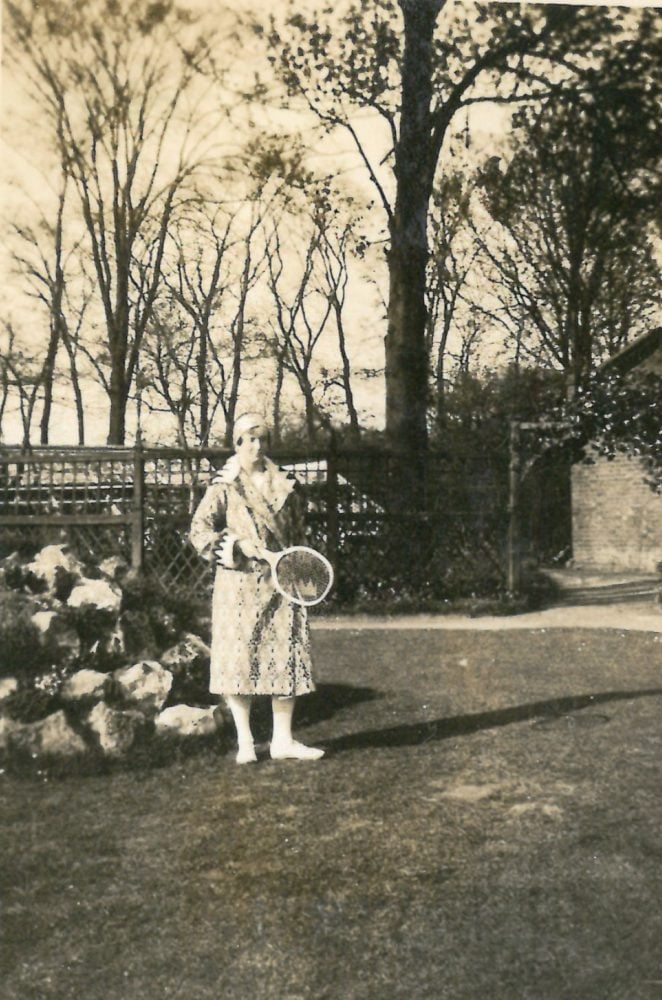
Aged about 14, and without warning, Damaris was put into the chauffeur driven car and told that Moxham, the chauffeur, was taking her to the same boarding school her sisters had attended. She refused. Instead she went to a small school in London, ate well and put on weight.
Early Adult life
As teenagers Judith and Ursula were close friends with the Cotman family. The ‘Cotman Boys’ appear in many of the family photos. They staged plays in the grounds of Farington Lodge.
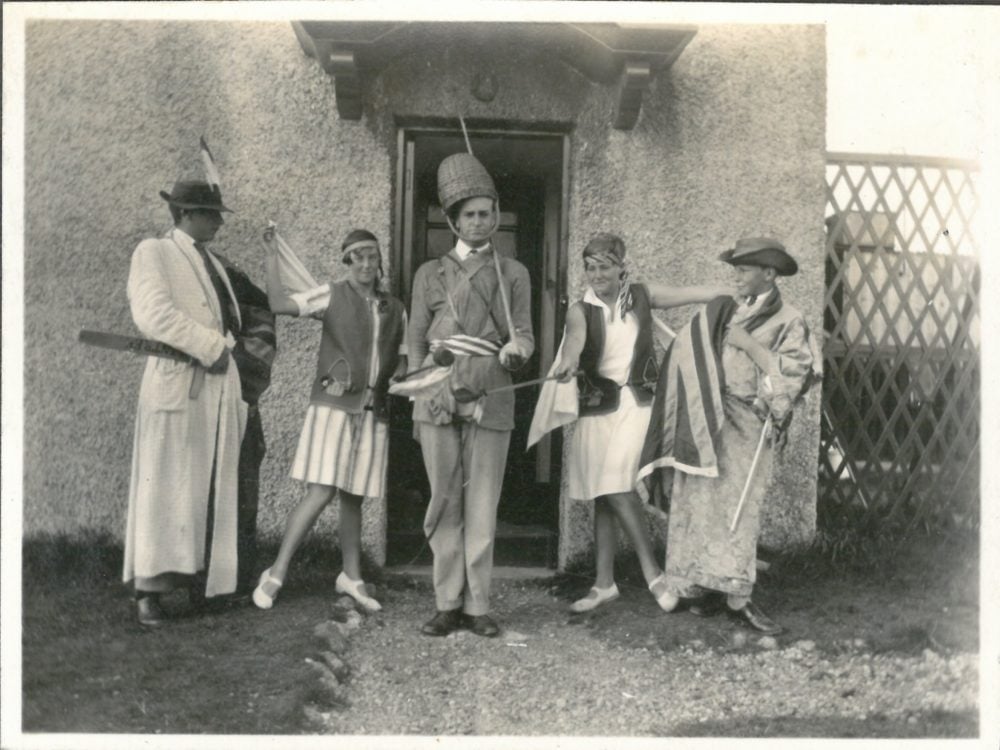
Although never invited to their parents’ dinner parties they would slip into the dining room after the meal had finished and drink the dregs from the wine glasses.
Judith and Ursula were taught to drive in the grounds of the Lodge by the two chauffeurs Moxham and Sutton. The girls had an open top two seater at their disposal.
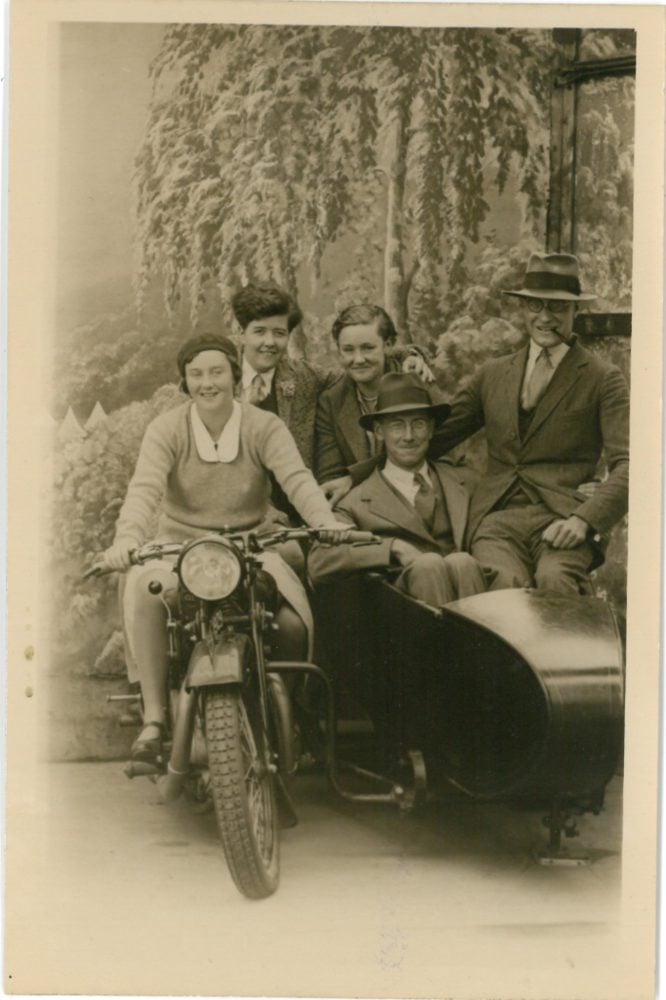
Ursula was taken to Monte Carlo in 1929. It was not a good experience. She had no one there of her own age and Beatrice insisted on visiting historical sites.
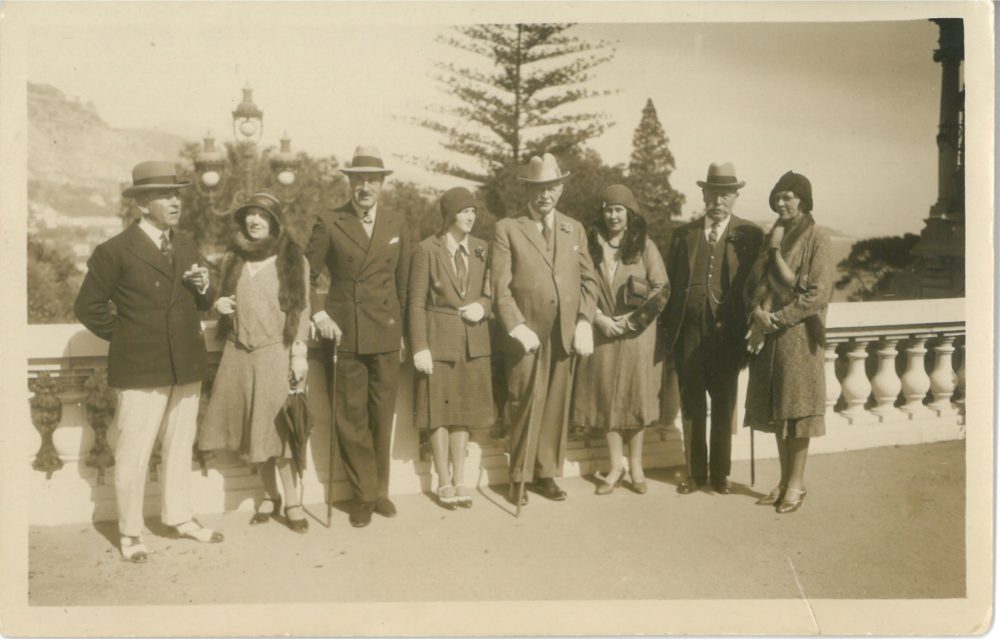
James Todd died in 1931. After his death Judith and Damaris were expected to help out at Farington Lodge. It was used for guests of Leyland Motors. Beatrice gave the girls various chores to undertake. The two of them appear to have ignored their responsibilities and waited for Ursula to come home from Wellgarth Nursery Training College.
Ursula had been training as a Children’s Nurse. The role entailed: housework, laying coal fires, laundry, black leading the grate, ironing, cooking and ‘eventually caring for babies’. Beatrice called Ursula home after James’ death and Ursula took on the bulk of the housekeeping as Beatrice had sacked most of the staff. Ursula never completed her training once she returned to live with Beatrice.
Ursula marries 1934
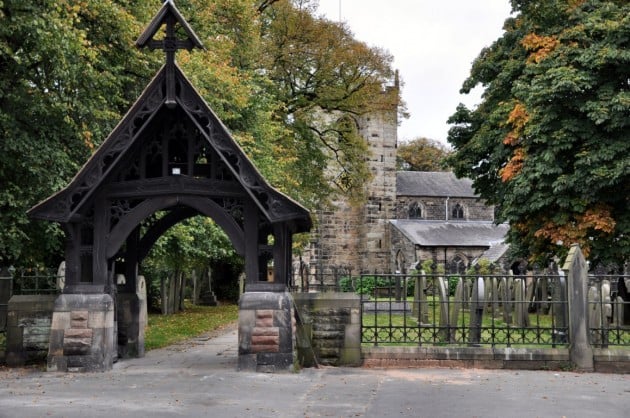
Her mother insisted that Ursula have an engagement of at least two years but Ursula thought six months was quite enough and was married, aged 21, at Penwortham St Mary’s.
MISS U. TODD’S MARRIAGE
Ceremony at Penwortham
The marriage took place at St. Mary’s Church, Penwortham, Preston, to-day, of Miss Ursula Todd, second daughter of Mrs. Todd, J.P., of Farington Lodge, near Preston, and the late James Todd and Mr. William Kenneth Parker, eldest son of Mr. and Mrs. Harold Parker, of Ardmore. Crosthwaite, Keswick, and formerly of Walton Hall.
The bride, who was gowned in bead embroidered ivory lace, tulle veil trimmed with orange blossom, and old Limerick lace, was given away by Mr. L. Cotman. She carried a bouquet of lilies of the valley. The bride was attended by Miss Damaris Todd (her sister) and Miss Rachael Addis (friend of the bride) the daughter of Sir Charles Addis, K.C., M.G., and Lady Addis. They wore dresses of blue organdie with headdresses of blue flowers and carried bouquets of sweet peas. The best man was Mr. B. Craig Rodgers, of Chatburn, near Clitheroe, and the groomsmen Messrs. A. H. Jolilffe, P. H. Parker (brother of the bridegroom), J. M. Toulmin and P. B. Gibbs (cousin of the bride). The service was conducted by the Rev, H. B. Mark, Pudleston, Herefordshire (uncle the bridegroom), assisted by the Rev. 0. Burton, vicar of Penwortham. The hymns were. “Lead us. Heavenly Father, lead us,” and “May the Grace of Christ our Saviour,” and, following the ceremony, Mendelssohn’s Wedding March was played. A reception followed at Farington Lodge, where the happy couple received a large number of guests. From there they left to spend a honeymoon in the Channel Isles, the bride travelling in a pink tweed dress with coat and straw hat tone.
Lancashire Daily Post 7th July 1934
World War 2
Judith had been at Somerville College, Oxford (1927-30) where she studied PPE (Philosophy, Politics & Economics). It was a college which prided itself on breaking boundaries. As early as 1910, membership of the Somerville Women’s Suffrage Society stood at 75 out of a total body of 94 and Somerville was known by contemporaries as ‘a college of devoted suffragists’.
Judith joined the Communist Party while at Somerville. She remained active in the CP. She spoke Russian. She would go on to write articles for the New Statesman and the Guardian (then the Manchester Guardian) and the Communist party newspaper the Daily Worker. She sometimes sold it on street corners.
She qualified as a Chartered accountant at her father’s business at 7, Winckley Square and worked there for a while after his death, later working in London.
Judith was on Hitler’s hit list! The Nazis hated various groups. Communists were high on the list. The Gestapo had a list of names for ‘Priority Arrest’ if Britain had been invaded. One of the few women on the list was Judith Todd.
‘ The following selection from the Gestapo “black list” of persons who were to be arrested immediately had the Germans invaded Britain contains many additional names to that published in our early editions of yesterday:
Manchester Guardian 15/09/1945
Judith and Damaris both drove ambulances during the London Blitz.
At the outbreak of war Damaris was single and working as a teacher. She left her job and signed up to drive ambulances in London. Being the daughter of James Todd, former Chairman of STD motors, she was an experienced driver.
Once the blitz was over she became bored and managed to join the ATS (Auxiliary Territorial Service). She was posted to Cairo where she drove trucks with supplies for the armed forces across the Sinai desert to locations such as Jerusalem.
When the war ended she moved on to Austria and drove mobile canteens for the army.
In 1946 she went to live with her mother.
‘I went home to my mother listening to the 9 o’clock news on the radio and I hated it.’ So Damaris moved out, returned to ‘teaching, became a headmistress, met my husband and went to live in Ireland.’
Judith went on to publish satirical critiques of capitalism in the 1960s.
Death of Beatrice
When Beatrice died in 1958, aged 82, she requested that her body be cremated and the ashes placed alongside those of James in the wall of 7, Winckley Square.
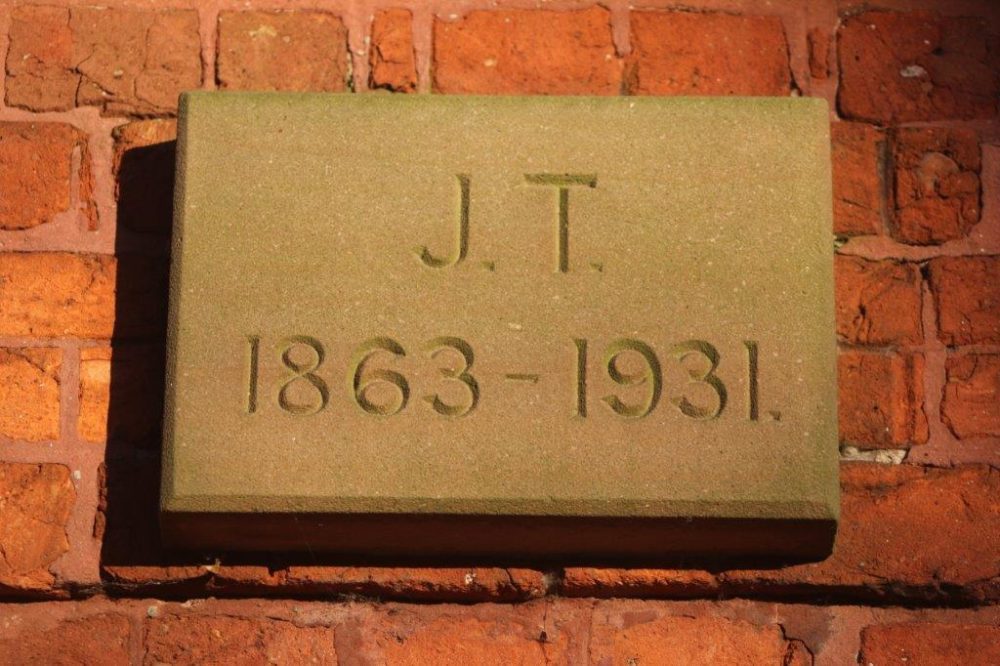
Judith did not carry out her mother’s wishes.
Ursula and Damaris lived into their 90s. Ursula died in 2007 and Damaris in 2012.
Special Thanks
Susan Rees, daughter of Ursula and granddaughter of Beatrice and James, has been an enormous help in the sourcing of this content. It is unusual to have someone who knew the subject(s) of the article. Susan has also been the family historian and has provided many photographs and documents.
Peter Wilkinson of FoWS has supported the topic strongly with particular reference to the time the Todds were in Penwortham and Farington.
The name of James Todd, Chartered Accountant, lives on in Preston. The current partners of the company, Ray Brain and John Standing, are based at Greenbank House, Adelphi Street. They have also been extremely supportive of the Friends of Winckley Square. They still possess and value artefacts from James Todd’s time as owner of the company.
Further reading: Joan Langford is the author of a five volume series on the history of Farington which is packed with information, including material on the Todds in volume 5.
The Dick, Kerr’s Ladies; Barbara Jacobs 2004
Thanks to the Harris Museum, Art Gallery and Library and to James Arnold in particular for additional information about the family.
By Steve Harrison